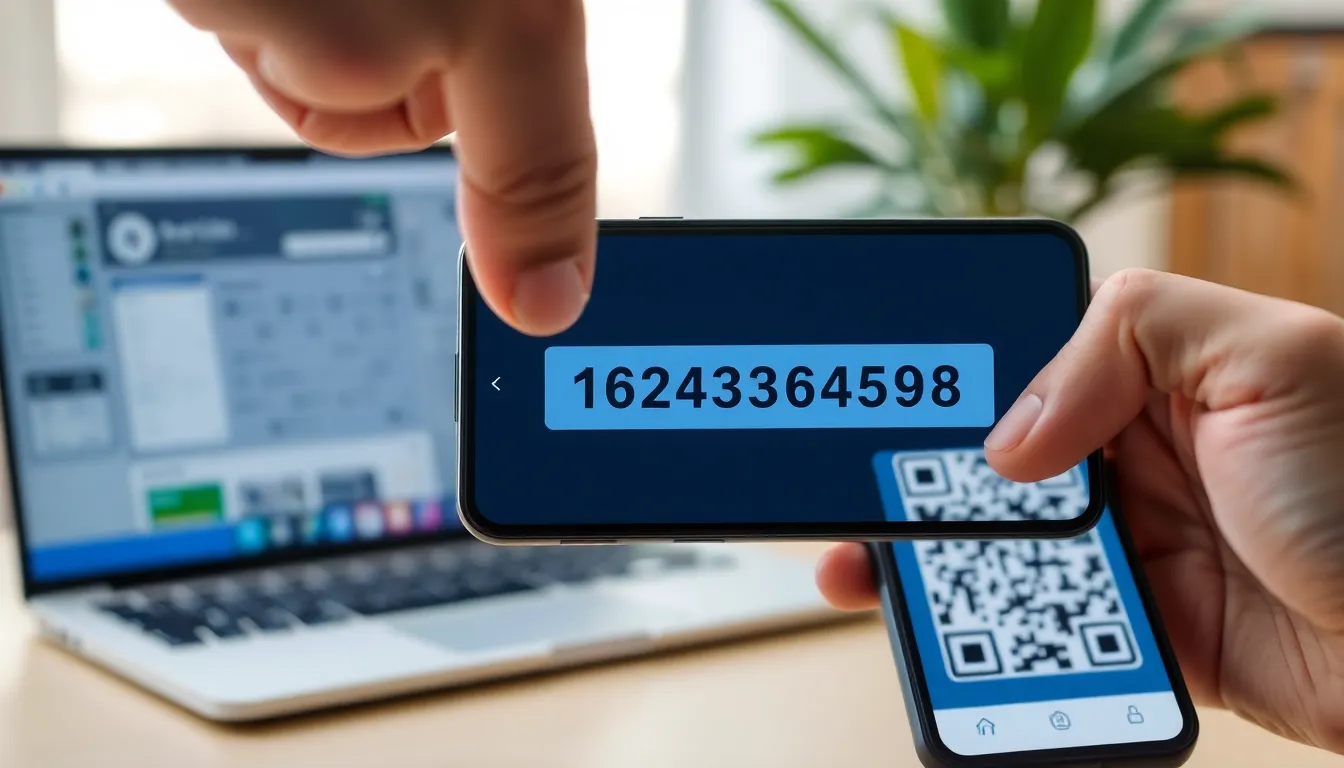
In the wild world of cryptocurrencies, knowing your wallet address is like having the secret key to a treasure chest. It’s the magical string of letters and numbers that lets you send and receive digital coins. But what happens when you can’t remember it? Panic mode activated! Don’t worry, though. Understanding your crypto wallet address is easier than trying to explain blockchain to your grandma.
What Is My Crypto Wallet Address
Crypto wallets serve as digital storage for cryptocurrencies, providing users access to their assets. Knowing how these wallets function and the types available enhances understanding of wallet addresses.
Types of Crypto Wallets
Software wallets function on devices and offer ease of use. Hardware wallets, stored offline, provide enhanced security. Web wallets are accessible via browsers, making them convenient. Mobile wallets support usability for transactions on smartphones. Each type has unique features, catering to different user needs.
Importance of a Wallet Address
A wallet address acts as a unique identifier for receiving cryptocurrency. This address is essential for transactions, allowing the transfer of digital currency between users. Users must ensure accuracy when sharing wallet addresses. Mistakes in entering addresses can lead to asset loss. Understanding wallet addresses ensures secure transactions and enhances the overall crypto experience.
What Is My Crypto Wallet Address?

A crypto wallet address serves as a unique identifier for receiving cryptocurrency. This address functions as a destination for digital transactions, similar to an email address used for sending and receiving messages.
Definition and Explanation
A wallet address is a string of letters and numbers, typically ranging from 26 to 42 characters, used to identify a user’s wallet on the blockchain. Each cryptocurrency has its own format and system for generating wallet addresses. For example, Bitcoin and Ethereum utilize different address structures. Understanding this address is essential, as it ensures the correct transfer of digital assets. Sharing an incorrect wallet address can lead to permanent loss of cryptocurrency, reinforcing the importance of accuracy in transactions.
How to Find Your Wallet Address
Users can find their wallet address easily through their chosen wallet interface. Most wallets display the address prominently on the homepage. Clicking on the relevant cryptocurrency option within the wallet also reveals the specific address for that currency. Mobile wallets typically feature a “receive” button, displaying the address along with a QR code for convenience. Desktop wallets often provide similar features, ensuring quick access to wallet addresses. It’s crucial to copy the address accurately to maintain the integrity of asset transfers.
Using Your Wallet Address
Understanding how to use your wallet address is essential for secure cryptocurrency transactions. A wallet address facilitates sending and receiving digital assets.
Sending and Receiving Cryptocurrencies
Crypto transactions require the sender to input the recipient’s wallet address accurately. Addresses often consist of a mix of letters and numbers, varying by cryptocurrency. Sending funds to the wrong address may result in a permanent loss of assets. For receiving cryptocurrencies, users can share their wallet address in written form or as a QR code for convenience. Mobile wallets typically offer an easy “receive” option, displaying both the address and QR code. Providing a clear and accurate address ensures smooth transactions, fostering trust between parties.
Security Best Practices
Keeping wallet addresses secure plays a crucial role in protecting assets. Avoid sharing wallet addresses publicly to minimize the risk of theft. Utilize secure messaging platforms when exchanging addresses with trusted contacts. Regularly verify transactions before finalizing them, as sending to the incorrect address can lead to irreversible losses. Maintaining up-to-date security measures, such as enabling two-factor authentication and using hardware wallets for large sums, strengthens wallet security. Knowing that even small negligence can result in significant losses emphasizes the importance of vigilance.
Common Mistakes to Avoid
Avoiding mistakes when dealing with a crypto wallet address is crucial for secure transactions. Users often encounter several common pitfalls.
Sharing Your Wallet Address
Sharing a wallet address requires caution. Always provide it through secure channels, especially for larger transactions. Relying on messaging apps that encrypt communications adds an extra layer of safety. Mistakes commonly arise when users copy and paste addresses without verifying them. Confirmation that the address entered matches what is displayed in the wallet app prevents potential asset loss. Additionally, sending the address publicly on social media can expose it to unwanted attention, potentially leading to theft.
Confusing Wallet Addresses with Other Information
Confusing a wallet address with other identifiers can lead to significant issues. Users sometimes mix up wallet addresses with usernames or public keys, which differ in purpose and format. Recognizing that each cryptocurrency has a unique address structure helps avoid such confusion. For example, Bitcoin and Ethereum addresses look distinct, and misidentifying one for the other can result in failed transactions. Always double-check the specific alphanumeric characters to ensure proper transfers. Ensuring clear understanding between different identifiers protects against unintended errors.
Different Cryptocurrencies
Understanding one’s crypto wallet address is crucial for anyone navigating the world of digital currencies. This unique identifier serves as the gateway for receiving and managing assets securely. By recognizing the importance of accuracy and adopting best practices when sharing wallet addresses, users can significantly reduce the risk of loss.
Staying informed about the specific formats for different cryptocurrencies also plays a vital role in ensuring successful transactions. As the landscape of cryptocurrency continues to evolve, maintaining awareness of security measures and transaction protocols will empower users to engage confidently in their digital asset journeys.












